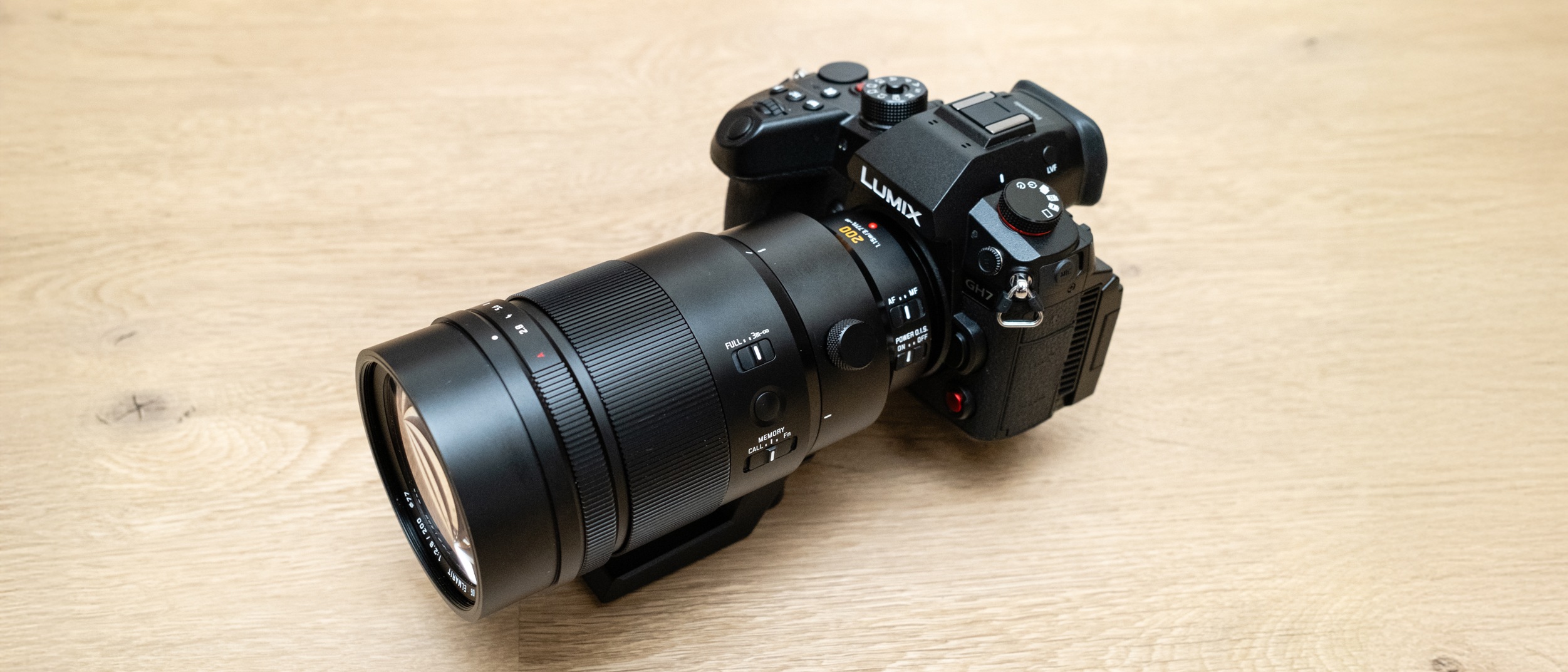Space Verdict
The Panasonic Leica DG Elmarit 200mm f/2.8 POWER O.I.S. is an impressive lens offering a 400mm equivalent focal length, excellent image quality, and comes with a 1.4x teleconverter.
Pros
- +
Great image quality
- +
Compact and lightweight
- +
1.4x teleconverter included
Cons
- -
It is expensive
- -
Fixed focal length
- -
A specialist lens
Why you can trust Space.com
Type: Prime lens
Focal length: 200mm (400mm equivalent)
Maximum aperture: f/2.8
Lens mount: Micro Four Thirds
Weight: 43.92 oz / 1245 g
Dimensions: 6.85x3.44 in / 174x87.5 mm
Filter thread: 77mm
Release date: November 2017
One of the undeniable advantages of Micro Four Thirds (MFT) systems is the range of compact, lightweight lenses that are available. Sure, the cameras can be as hefty as full-frame, but the lenses significantly reduce the overall size and weight of your kit.
The Panasonic Leica DG Elmarit 200mm f/2.8 POWER O.I.S. is a telephoto prime lens that is incredibly compact and lightweight, offering a 400mm equivalent focal length alongside the fast f/2.8 maximum aperture. This lens is a collaboration between Panasonic and Leica, so, as you'd expect, it is a professional lens delivering excellent image quality and fantastic handling.
Autofocus is fast and silent, while build quality is excellent. The tripod collar also has an Arca-Swiss-compatible foot so you can easily attach the lens to Arca-Swiss-compatible tripod heads. What's more, the 200mm F/2.8 comes with a 1.4x teleconverter that extends focal length to a 560mm equivalent, so, in some ways, you're getting two lenses in one.
The 200m f/2.8 uses the MFT mount, so it is compatible with both Panasonic Lumix and OM System (Olympus) MFT cameras. It's a fantastic lens, but it is far from the least expensive Panasonic telephoto at $2999 / £2699, so it won't be for everyone. But if your budget does stretch this far, it is unlikely that you will be disappointed.
Panasonic Leica DG Elmarit 200mm f/2.8 POWER O.I.S: Design
- Excellent build quality
- Compact for a telephoto prime
- Manual aperture ring
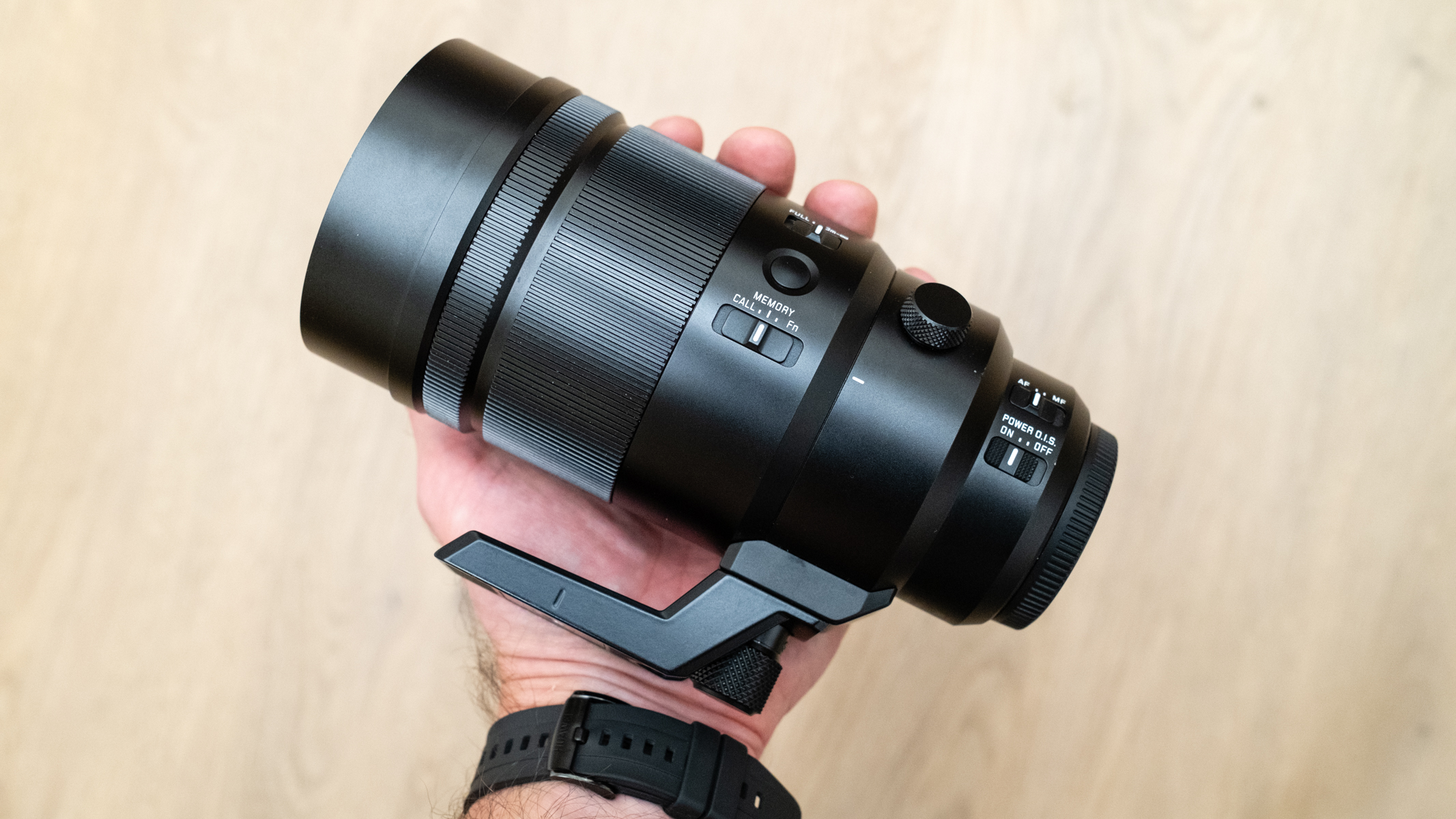
It is often said that good things come in small packages, and when it comes to long telephoto primes compactness is certainly a good thing. Full-frame 400mm f/2.8 lenses are often large and heavy, so a 200mm f/2.8 lens with a 400mm equivalent focal length that's 6.85x3.44 in / 174x87.5 mm with a weight of just 43.92 oz / 1245 g is a breath of fresh air.
While for night and night sky photography, you will need to tripod mount your camera and lens, a lens of this type coming in at this size and weight makes it extremely suitable for handheld shooting. Also, smaller, lighter lenses are easier to mount on a wider range of tripod heads with less head slippage, including ball heads.
Build quality is excellent, and the 200mm f/2.8 is weather-resistant with a splash, dust, and freezeproof construction. This is ideal for outdoor photography, such as landscape, wildlife, sports, motorsport, and night sky photography, where cold temperatures and damp conditions aren't uncommon. There is also a manual aperture ring that can be set to A for camera control or used manually to input the desired setting.

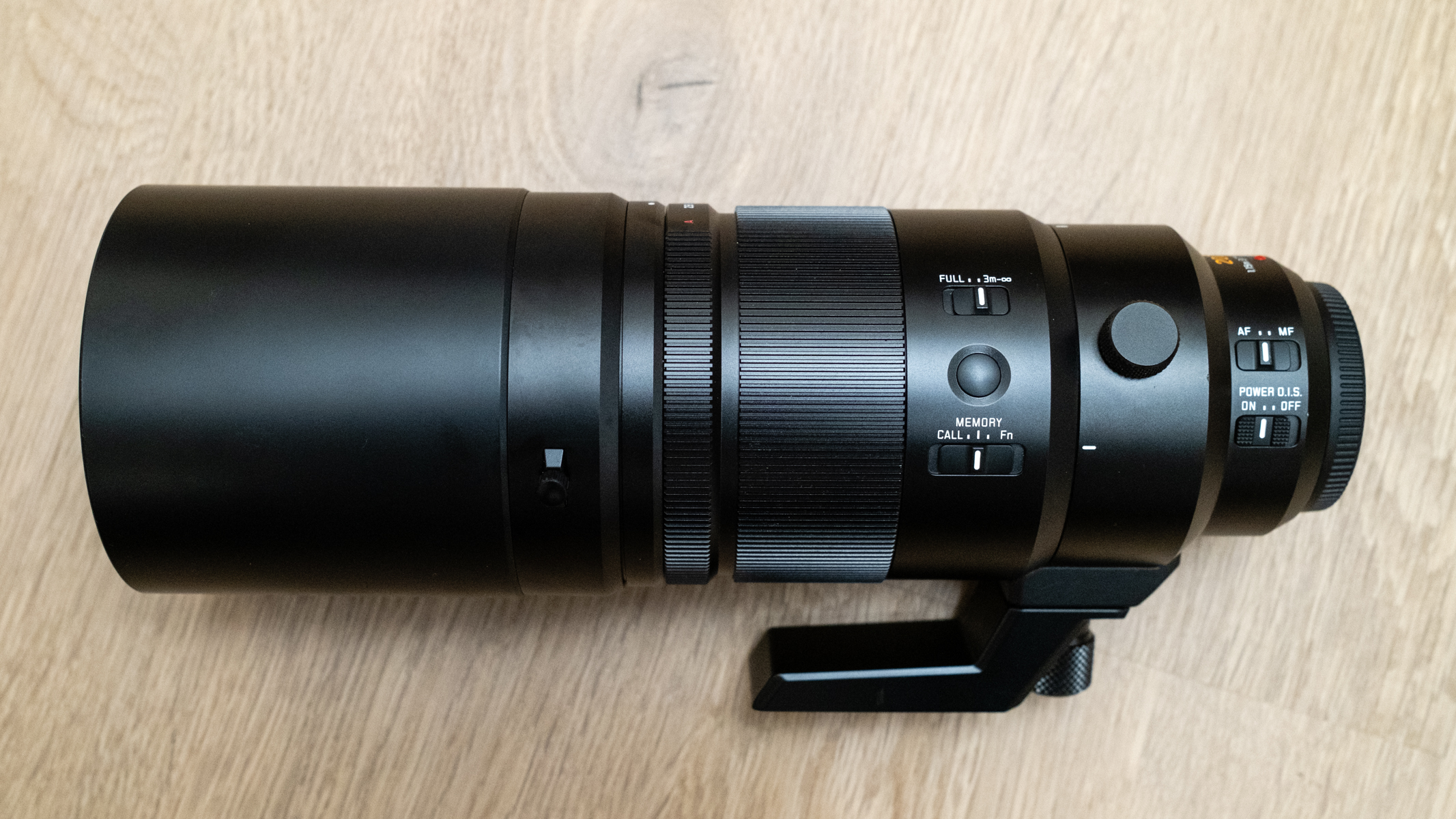
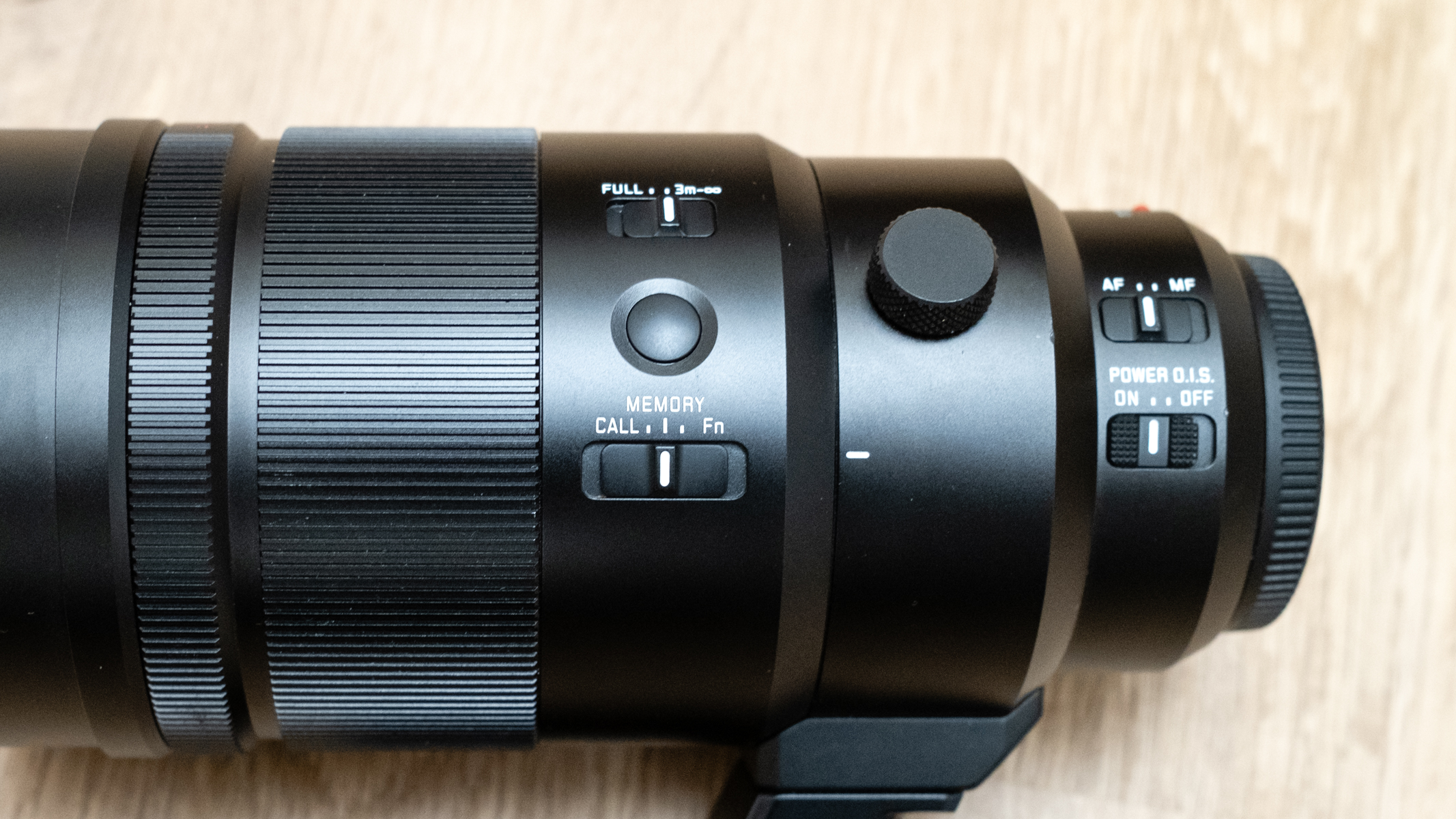
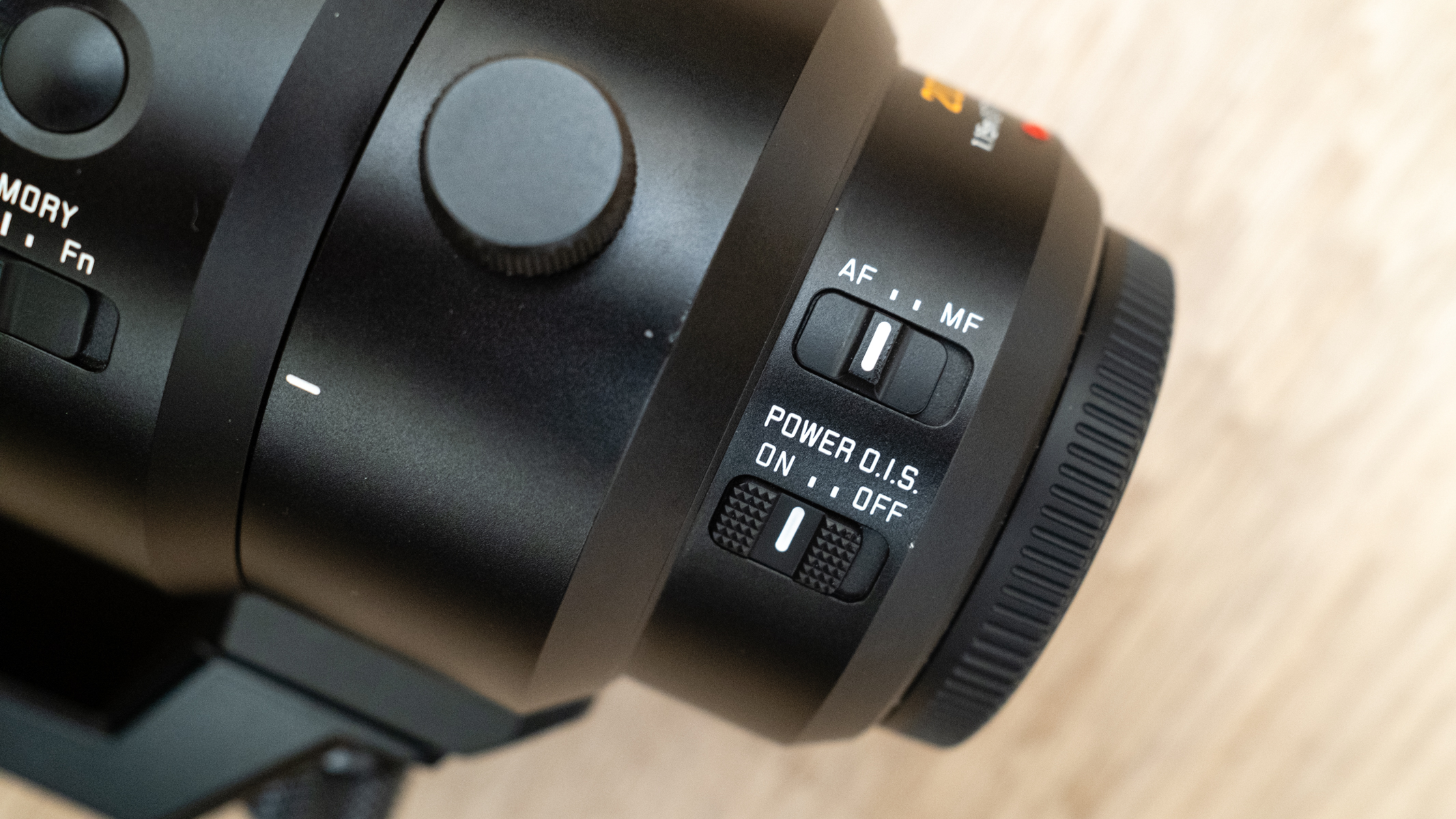
In terms of controls, there's a manual focus/autofocus switch, a Power OIS switch for Optical Image Stabilization, an autofocus limiter that allows you to set the full range or from 3m to infinity, an Fn button, and a memory switch.
The Fn button can be programmed using a compatible camera body, while the memory switch can be used to set a fixed focus distance. This can be useful for moon shots and many other photographic situations.
Moving to the internals, the 200mm f/2.8 has 15 elements in 13 groups, including two Ultra Extra-low Dispersion (UED) elements. The circular aperture uses nine diaphragm blades, while the front element features a 77mm filter thread.
This may not immediately appear useful, but it keeps the cost of circular filters down while making more filter types available. Plus, you can easily use square filters with the lens, with some filter manufacturers offering filters designed specifically for night and astrophotography.
Panasonic Leica DG Elmarit 200mm f/2.8 POWER O.I.S.: Functionality
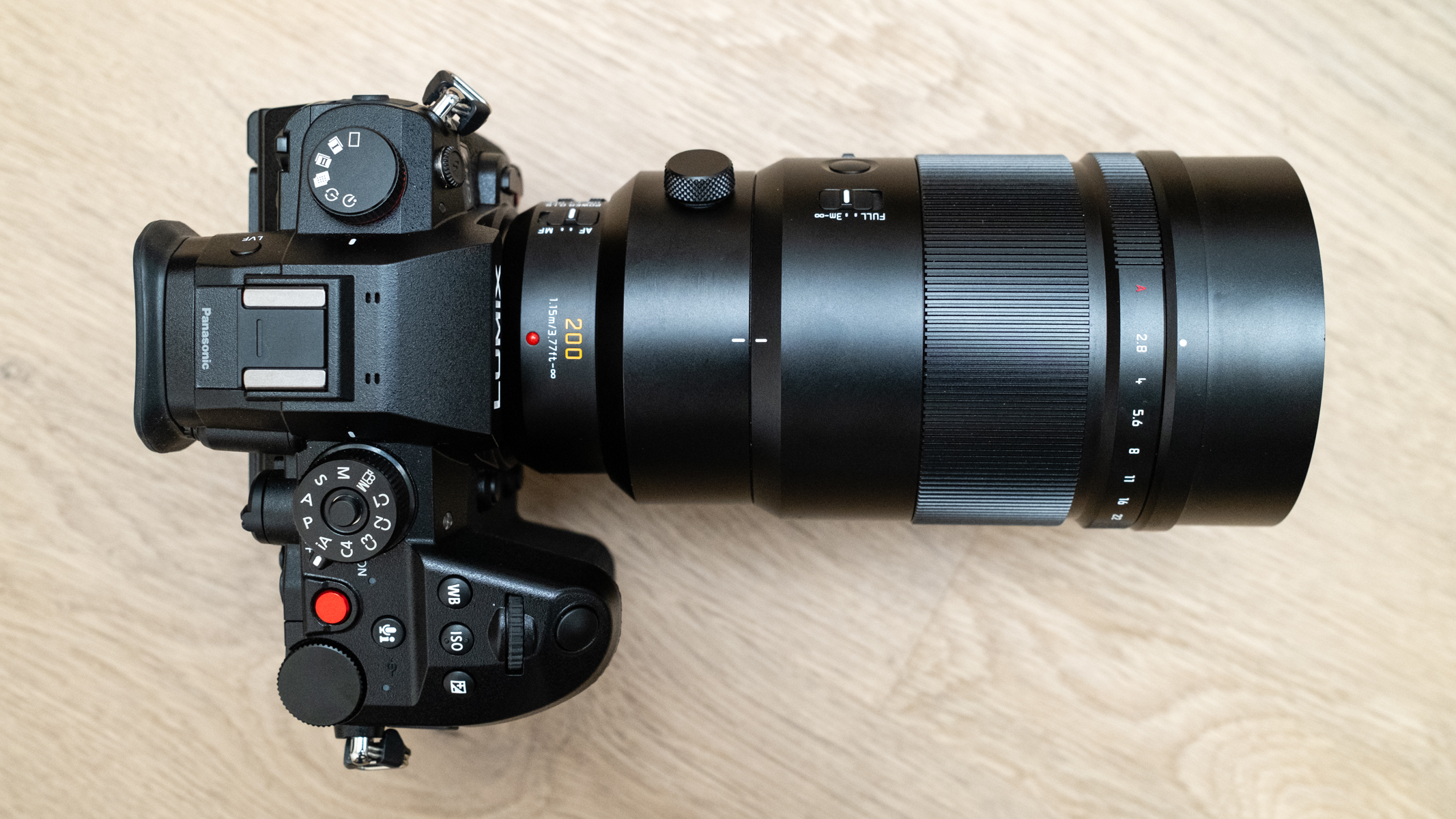
- Optical Image Stabilization
- Teleconverter included
- Fast and silent autofocus
As the POWER O.I.S. in the name suggests, the 200mm f/2.8 features incredibly effective Optical Image Stabilization that can be paired with in-body Image Stabilization (IBIS) for even more successful stabilization. As previously mentioned, this isn't essential for night and night sky photography since a tripod is often essential, but it is a useful feature for other photographic subjects.
Being a prime lens, it offers excellent image quality and a fast f/2.8 aperture, which is extremely useful. However, it has a single focal length. Panasonic has combatted this by including a 1.4x teleconverter that extends the lens from 200mm / 400mm equivalent to 280mm / 560mm equivalent.
This is a great feature that further extends the lens' usefulness. The only thing to remember is that using this teleconverter loses one aperture stop, so f/4 becomes the maximum aperture. If you would like to extend the focal length further, purchase a 2x teleconverter separately. This increases the equivalent focal length to a massive 800mm, while the maximum aperture reduces to f/5.6.
Autofocus is fast and silent, and even when testing the lens with wildlife, it never misses a beat. The previously mentioned focus distance memory is useful, while the minimum focusing distance of 3.8 ft / 1.15 m is impressive for a lens of this focal length. This could be improved further using a close-up lens/filter if close-up photography is a subject you enjoy.
Panasonic Leica DG Elmarit 200mm f/2.8 POWER O.I.S.: Performance
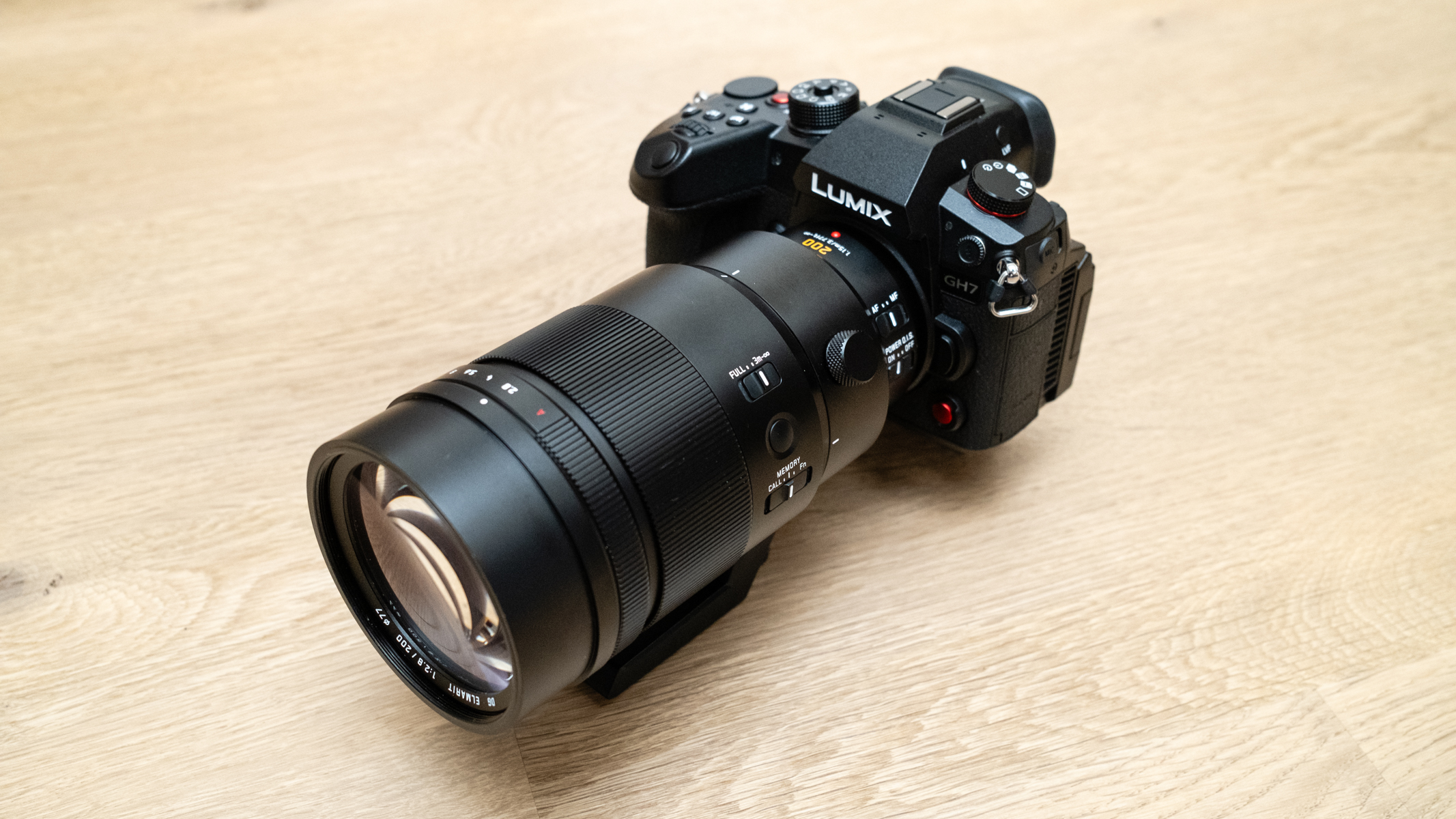
- Fantastic image quality
- Sharp at f/2.8
- Teleconverter quality is impressive
Whatever your budget, your aim is to get the focal length/focal range you need, the most appropriate maximum aperture required for your chosen subject and, the best image quality possible for your budget will always be an important deciding factor. Unfortunately, the more you pay is often linked to better results with lenses.
The 200mm f/2.8 is a great performer in terms of image quality, and of all the test shots taken there was no distortion or chromatic aberration visible. Shots were taken at a range of aperture settings, and the f/2.8 to f/5.6 range produced the sharpest results. f/4 is the sweet spot, but f/2.8 is still fantastic and f/5.6 produces great results with a larger depth-of-field.
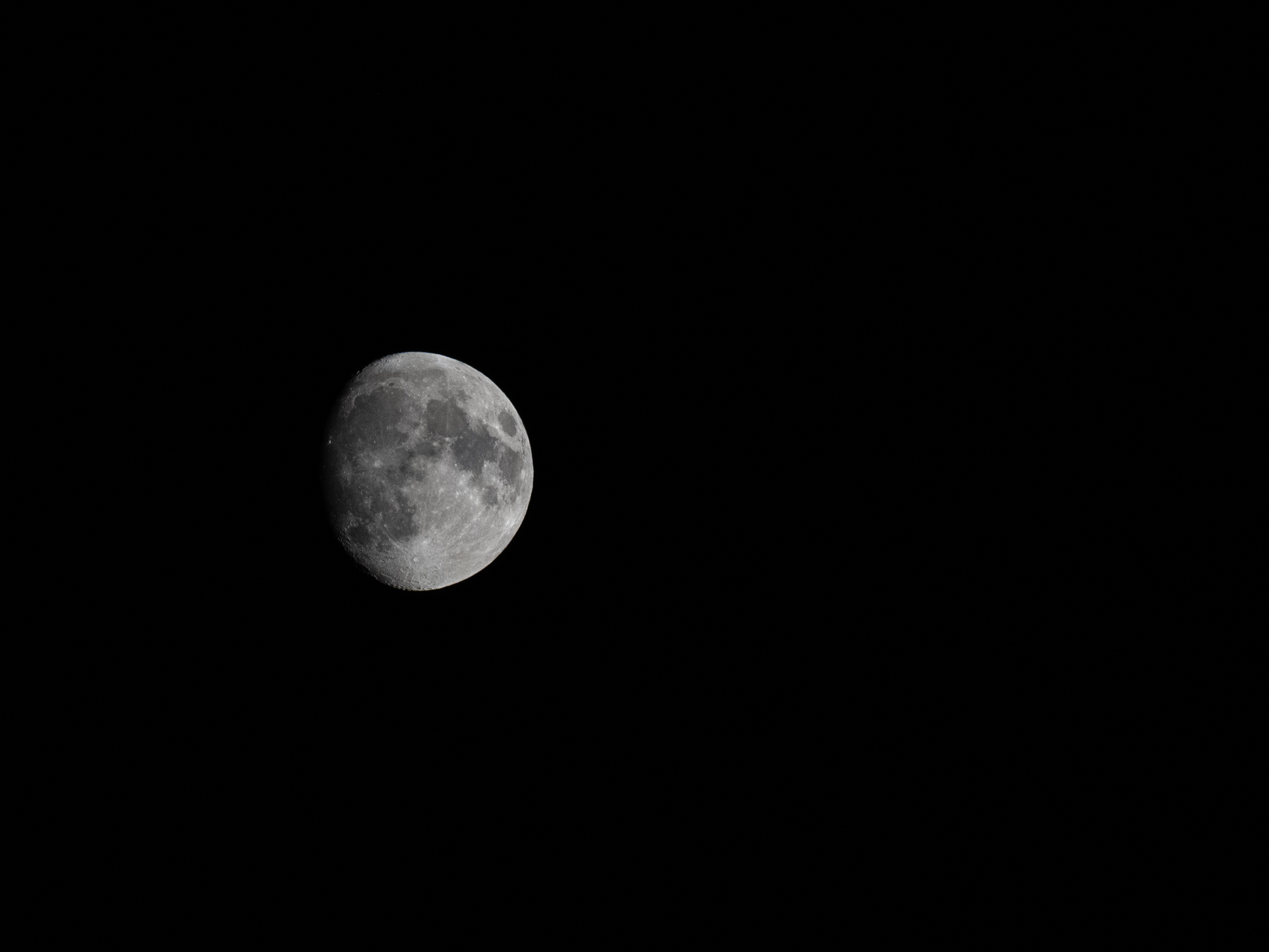
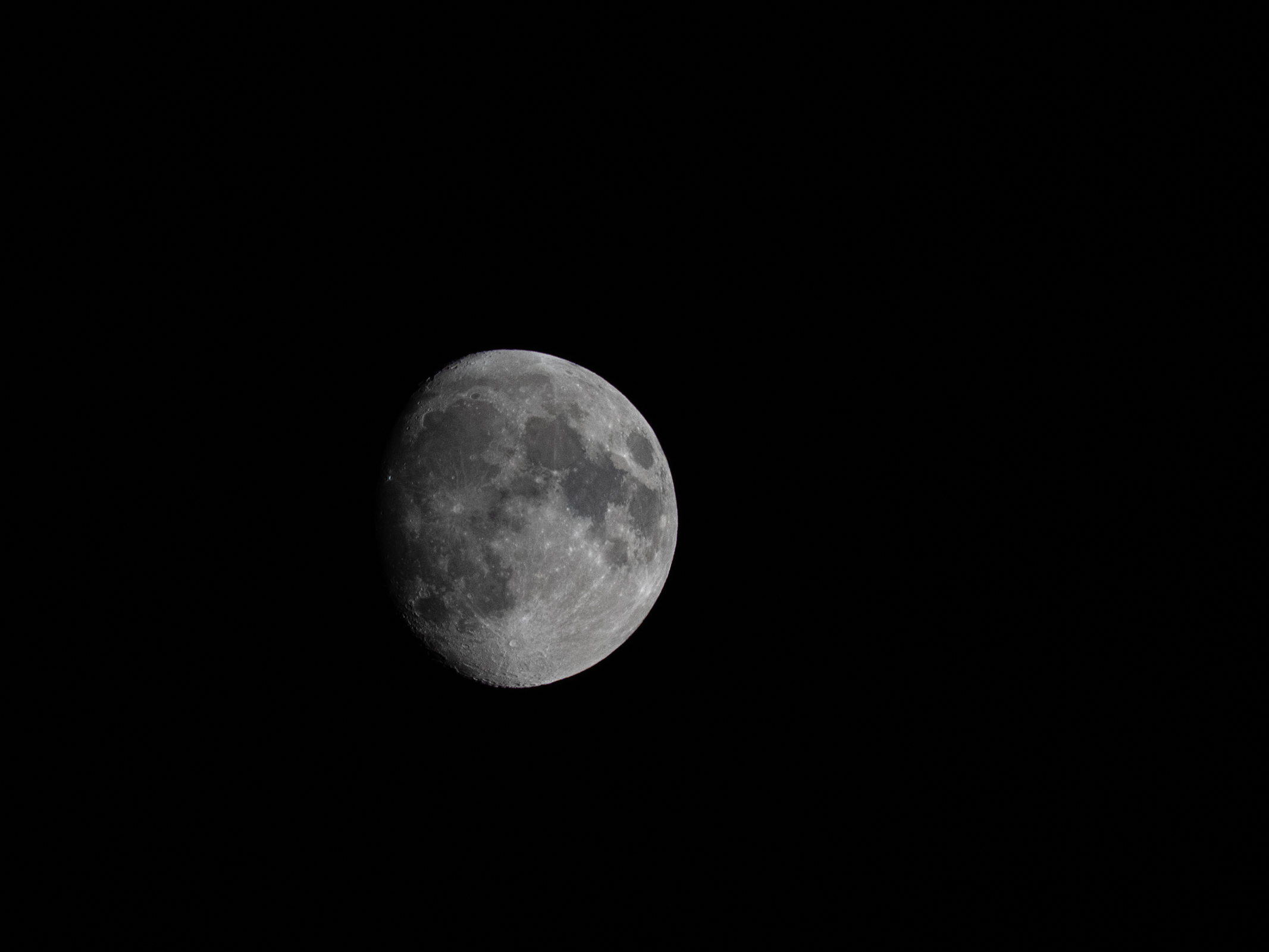



Attaching the 1.4x teleconverter doesn't drastically reduce image quality—barely at all. Reducing the maximum aperture to f/4 is not an issue, and the point of focus is sharp at this setting as long as the shutter speed is fast enough to freeze the subject's movement.
When shooting the moon, a 200mm lens with a 400mm equivalent isn't quite enough without cropping, and the same goes for using the 1.4x teleconverter that extends the focal length to 280mm with a 650mm equivalent.
This doesn't mean that it's not a suitable lens for capturing the moon, but you just have to be aware that cropping is still required; the 2x teleconverter would be most useful in this situation.
Panasonic Leica DG Elmarit 200mm f/2.8 POWER O.I.S.: Price
The Panasonic Leica DG Elmarit 200mm f/2.8 POWER O.I.S. is a professional lens that costs $2999 / £2699. This will undoubtedly put it out of reach for some enthusiasts, but there are more affordable MFT telephoto lenses available if your budget does not stretch this far.
To soften the blow, however, the lens does include a 1.4x teleconverter, which extends the focal length from 200mm / 400mm equivalent to 280mm / 560mm equivalent. So, although this is a prime lens with a fixed focal length, you are essentially getting two focal lengths for the price of one, which does add versatility and value.
Should you buy the Panasonic Leica DG Elmarit 200mm f/2.8 POWER O.I.S.?
The 200mm f/2.8 is a fantastic lens in all departments thanks to its excellent build quality, useful features for a lens of this type, its compact size and lightweight, and most importantly, excellent image quality. If you are looking for a long telephoto lens, this is a great option to consider.
The main hurdle here that can't be ignored is the price, which at $2999 / £2699 is expensive and maybe a figure that's hard to justify if it's not a lens you'll use frequently. Also, despite the inclusion of the 1.4x teleconverter and the availability of a 2x teleconverter, this lens is less versatile than a zoom.
If this lens isn't for you
A couple of other lenses that you may wish to consider if you are on a budget include the Panasonic Leica DG Vario-Elmar 100-400mm f/4-6.3 II ASPH Power O.I.S. which offers an equivalent focal range of 200-800mm.
An even more budget-oriented option is the Panasonic LUMIX G Vario 100-300mm f/4-5.6 II Power O.I.S. which offers an equivalent focal range of 200-600mm and is the least expensive option available.
Join our Space Forums to keep talking space on the latest missions, night sky and more! And if you have a news tip, correction or comment, let us know at: community@space.com.
James is an award-winning freelance landscape and portrait photographer, as well as a highly experienced photography journalist working with some of the best photography magazines and websites with a worldwide audience. He’s also the author of The Digital Darkroom: The Definitive Guide to Photo Editing. www.jamesaphoto.co.uk
